Kratos wins million$$ award for USSF SATCOM C2 system
Kratos Defense & Security Solutions, Inc. (Nasdaq: KTOS) is the single recipient for the Command and Control (C2) System Consolidated (CCS-C) Sustainment and Resiliency (C-SAR) indefinite-delivery/indefinite-quantity (IDIQ) contract from Space Systems Command (SSC) with a maximum value of $579 million, if all options are exercised.

The start date was December 1, 2023, with options going through to May 31, 2032. Future task/delivery orders will be issued to support operations, sustainment, or enhancements of the CCS-C and related systems.
C-SAR ensures secure and integrated communications for theU.S. MILSATCOM requirements. CCS-C provides consolidated MILSATCOM tracking, telemetry and command capability for the Space Force Space Systems Command (SSC), for on- orbit and anomaly resolution operations. The CCS-C program develops the C2 system for most U.S. MILSATCOM systems, including the Defense Satellite Communications System, Milstar, Wideband Global SATCOM and Advanced Extremely High Frequency satellites.
The C-SAR contract provides sustainment, post-production development services and enhancements for the CCS-C system. C-SAR provides satellite and communication system products, hardware and equipment in support of the SSC’s mission to develop, acquire, equip, field and sustain lethal and resilient space capabilities.
Phil Carrai, President of the Kratos Space, Training and Cyber Division, said, “Through CCS-C, Kratos supports the U.S. military with the satellite-based services to achieve their mission. This is an important recompete win for one of our largest space domain contracts. Kratos is one of the few companies that can provide a mix of cutting-edge technology and expertise to strengthen global capabilities of the U.S. Space Force, other branches of the U.S. military and international allies.”
BAE Systems awarded U.S. Navy C5ISR contract
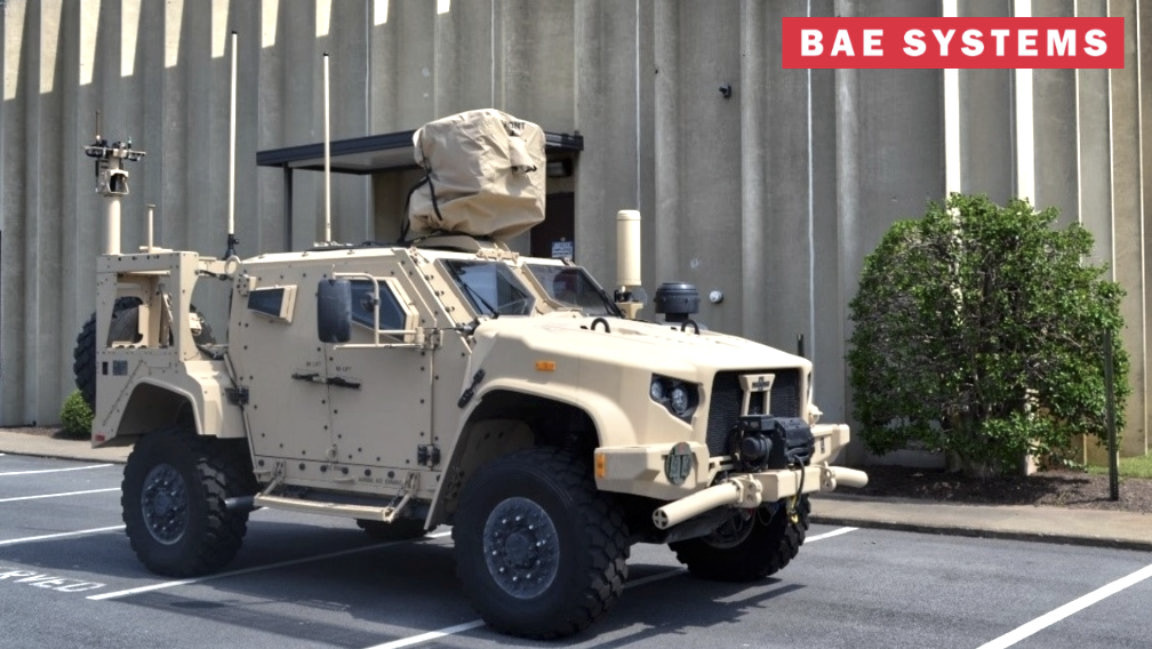
The U.S. Navy has awarded BAE Systems a contract worth approximately $86 million to continue supporting its Mobile Deployable Command, Control, Communications, Computers, Combat Systems, Intelligence, Surveillance, and Reconnaissance (MDC5ISR) programs.
The five-year contract from the U.S Naval Air Systems Command’s Naval Air Warfare Center Aircraft Division Webster Outlying Field Special Communications Mission Solutions Division will involve the company providing engineering and technical services for new and legacy MDC5ISR systems and platforms.
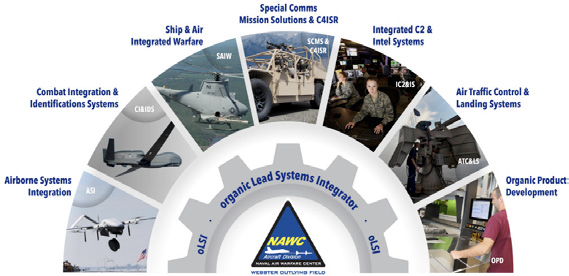
This follow-on contract includes support for a variety of MDC5ISR products including small craft, transportable systems, en-route communication systems, and intra-platform systems for the U.S. Navy, Special Operations Forces, Homeland Security, and for other Department of Defense (DoD) and non-DoD agencies.
The company will perform work in Lexington Park, Maryland; St. Inigoes, Maryland; and Little Creek, Virginia.
“As a leading systems integrator, our team brings an unmatched level of expertise to the program,” said Lisa Hand, Vice President and General Manager, BAE Systems Integrated Defense Solutions. “We have provided quick reaction, integrated C5ISR solutions on this program for more than 35 years and we are proud to continue our support to warfighters deployed around the globe.”
Sierra Space unveils Axelerator™ to address the future of defense technology
Sierra Space has launched Sierra Space Axelerator™, an innovation-at-speed incubator designed to fast-track the development of revolutionary defense technologies and mission solutions. Axelerator is set to redefine industry standards by delivering cutting-edge products with unprecedented efficiency.
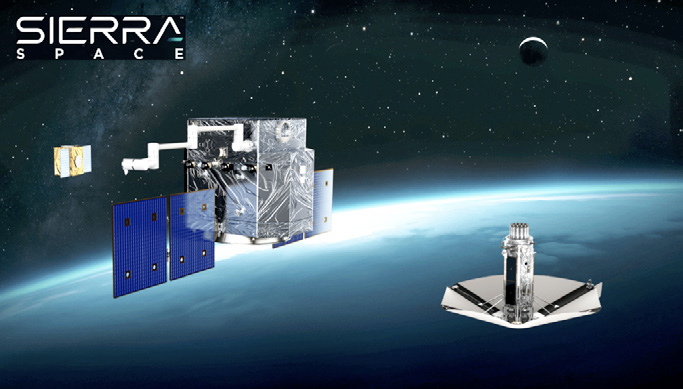
The first tech to emerge from Axelerator is Sierra Space Ghost, a state-of-the-art, space delivery system engineered to safely return objects from space – and through space – directly to precise locations on Earth. Ghost, a low beta reentry vehicle using revolutionary deployable decelerator technology, represents a significant leap forward in space logistics and recovery operations, promising to enhance the sustainability and safety of space.
Ghost will be able to deliver payloads anywhere in the world in 90 minutes or less, enabling a highly responsive space-based system without the need for a fixed infrastructure. Remarkably, Ghost transitioned from development to flight testing in just 90 days, showcasing Axelerator’s rapid prototyping and development capabilities.
Sierra Space is also unveiling Spectre, a revolutionary satellite designed for precision rendezvous and proximity operations (RPO). Sierra Space Spectre embodies the pinnacle of innovation, equipped to perform complex tasks in the challenging environment of space with unmatched accuracy and flexibility. Scheduled for launch in late 2025, Spectre is poised to set new benchmarks for satellite technology.
The third breakthrough announced from Sierra Space’s Axelerator incubator is Sierra Black OS, an advanced AI-enabled operating system that will have the ability to operate across space, air and ground systems seamlessly. The inaugural release, STAR (Sierra Toolkit for Autonomous Rendezvous), an RPO software module, exemplifies the system’s capabilities, offering unparalleled operational intelligence and autonomy for space missions. Sierra Black OS and STAR are set to revolutionize how space operations are conducted.
The Axelerator incubator is part of Sierra Space’s Orbital Missions and Services group, founded in 2023 to focus on revolutionary new national security solutions. Since standing up the organization, Sierra Space has been awarded $1.3 billion in prime satellite constellations contracts. In January 2024, the company was awarded a $740 million prime contract by the Space Development Agency for 18 Tranche 2 satellites to accelerate the capabilities to provide global, persistent indications, detection, warning and tracking of conventional and advanced missile threats, including hypersonic missile systems.
Sierra Space’s Orbital Missions and Services has started a new chapter in defense technology, one where innovation, speed, affordability and on-orbit schedule reliability converge to create overmatch capability. At a time when the adversaries of the United States and its allies are significantly increasing their hostile aggressions around the world, Sierra Space is dedicated to innovating at speed to accelerate affordable national security solutions.
“With Axelerator, Sierra Space is not just imagining the future. We are actively building it,” said Sierra Space CEO Tom Vice. “Our new products – Ghost, Spectre and Sierra Black OS – are a testament to our commitment to pushing the boundaries of what’s possible and driving innovation at the speed of thought. We are proud to contribute to the defense sector with technologies that will shape the future for decades to come.”
NOAA satellites helped to save 350 lives during 2023
NOAA’s satellites, known for their pivotal role in tracking weather and climate, were behind the rescue of 350 people from harrowing, life-threatening ordeals in the U.S. and its surrounding waters in 2023.

NOAA’s polar-orbiting and geostationary satellites are part of the global Search and Rescue Satellite Aided Tracking system, or COSPAS-SARSAT, which uses a network of U.S. and international spacecraft to detect and locate distress signals sent from 406MHz emergency beacons onboard aircraft, boats and handheld Personal Locator Beacons (PLBs) anywhere in the world. Since its start in 1982, COSPAS- SARSAT has been credited with supporting more than 48,000 rescues worldwide, including more than 10,455 throughout the U.S. and the waters that surround it.
Of the 350 U.S. rescues last year, 255 people were pulled from the water, 44 were saved from aviation incidents and 51 were rescued on land, where PLBs were used. The record one-year total for SARSAT rescues in the U.S. stands at 421 in 2019.
Florida had the most people rescued with 83, followed by Hawaii with 52 and Alaska with 49.
 Image courtesy of Cospas-Sarsat — U.S. beacon registration and registration updating is quick and easy using the National Beacon Registration Database.
Image courtesy of Cospas-Sarsat — U.S. beacon registration and registration updating is quick and easy using the National Beacon Registration Database.
When a NOAA satellite pinpoints the location of a distress signal in the U.S., the information is relayed to the SARSAT Mission Control Center at NOAA’s Satellite Operations Facility in Suitland, Maryland. From there, the information is quickly sent to Rescue Coordination Centers, operated either by the U.S. Air Force for land rescues, or the U.S. Coast Guard (USGC) for maritime rescues. NOAA also supports rescues globally by relaying distress signal information to international COSPAS-SARSAT partners.
“With each life saved, the SARSAT program proves its worth,” said Steve Volz, Ph.D., assistant administrator for NOAA’s Satellite and Information Service. “NOAA’s partnerships with the U.S. Coast Guard, U.S. Air Force, NASA and others around the world are the foundation of SARSAT’s long success.”
Advanced future military laser achieves UK first
During a trial at the United Kingdom MOD’s Hebrides Range, the DragonFire laser directed energy weapon (LDEW) system achieved the UK’s first high-power firing of a laser weapon against aerial targets. The range of DragonFire is classified, but it is a line-of-sight weapon and can engage with any visible target.
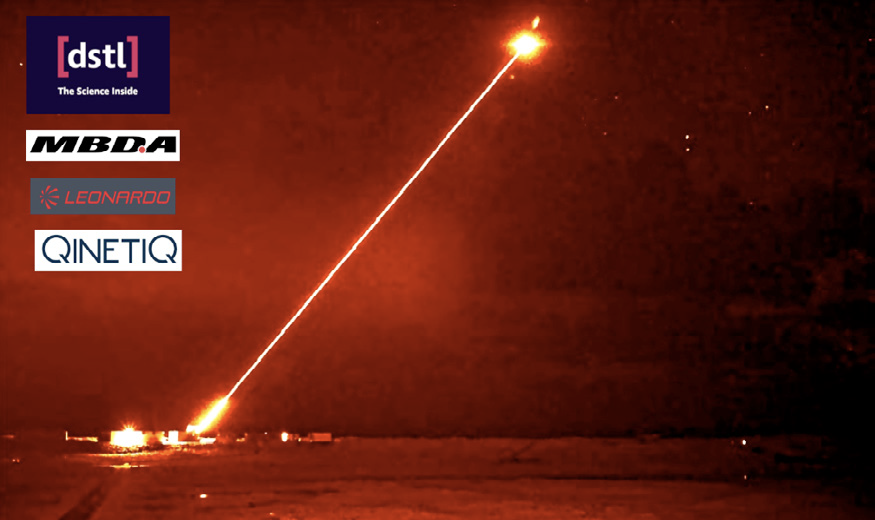
> First high-power firing of a laser weapon against aeri- al targets
>Laser boasts pinpoint accuracy and low, long-term costs
>Partnership with industry making positive progress for UK Armed Forces
DragonFire exploits UK technology to be able to deliver a high power laser over long ranges.
The precision required is equivalent to hitting a £1 coin from a kilometer away. Laser- directed energy weapons can engage targets at the speed of llight, and use an intense beam of light to cut through the target, leading to structural failure or more impactful results if the warhead is targeted.
Firing it for 10 seconds is the cost equivalent of using a regular heater for just an hour. Therefore, it has the potential to be a long-term low-cost alternative to certain tasks missiles currently carry out. The cost of operating the laser is typically less than £10 per shot.
Advanced future military laser achieves UK first DragonFire is led by the Defence Science and Technology Laboratory (Dstl), on behalf of the UK MOD, working with its industry partners MBDA, Leonardo and QinetiQ.
This milestone demonstrated the ability to engage aerial targets at relevant ranges and is a major step in bringing this technology into service. Both the Army and Royal Navy are considering using this technology as part of their future Air Defence capabilities.
The latest milestone builds on a series of highly successful trials, including the first static high-power laser firing of a sovereign UK capability and demonstration of the DragonFire system’s ability to track moving air and sea targets with very high accuracy at range. Building on this research, the MOD recently announced its intention to fund a multi-million- pound program to transition the technology from the research environment to the battlefield.
The latest trial was sponsored by the MOD’s Defence Science and Technology (DST) organization and Strategic Programs and enabled by many other agencies across government, ensuring all regulatory and safety approval requirements were satisfied.
The DragonFire weapon system is the result of a £100 million joint investment by the Ministry of Defence and industry.
Together, the companies involved are supporting highly- skilled UK jobs in new cutting-edge technologies that are delivering a significant step-change in the UK’s capability in LDEW systems. In 2017, the MOD’s Chief Scientific Advisor’s Research Program awarded a £30 million contract to the DragonFire consortium to demonstrate the potential of LDEWs.
UK defence is continuing to invest in these game-changing technologies and is advancing the plans which will ultimately them into service.
Raytheon building defensive microwave antenna system for U.S. military
Raytheon, an RTX business, will design, build and test two high-power microwave antenna systems that will use directed energy to defeat airborne threats at the speed of light.
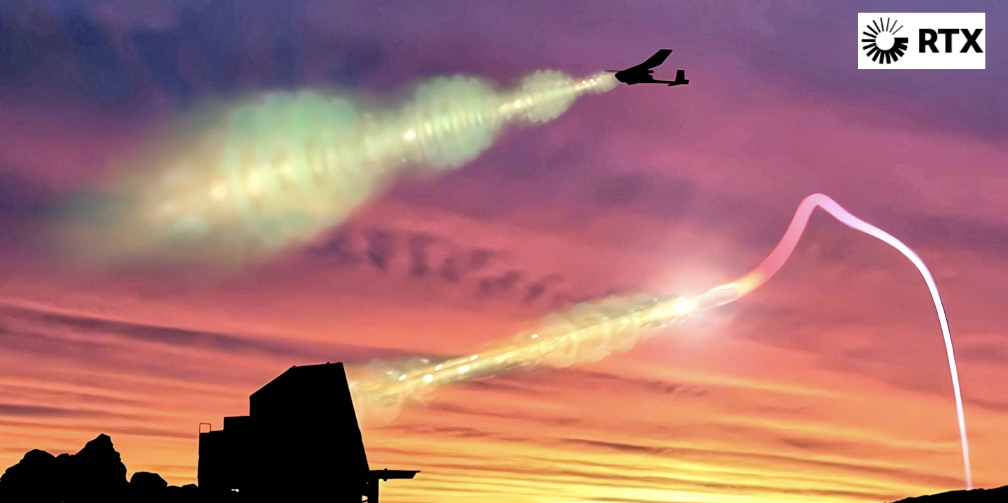
Under the three-year, $31.3 million contract from the Naval Surface Warfare Center Dahlgren Division, Raytheon will deliver prototype systems to the U.S. Navy and U.S. Air Force as part of the Directed Energy Front-line Electromagnetic Neutralization and Defeat (DEFEND) program.
“Non-kinetic defense systems are a key part of America’s national defense strategy,” said Colin Whelan, president of Advanced Technology at Raytheon. “The new iterations of Raytheon’s high-power microwave systems are cost-effective and reliable solutions that operate at the speed of light – enabling our warfighters to defend against faster and more maneuverable threats.”
Raytheon has been a leader in the use of high-power microwaves for nearly 80 years.

The new HPM prototype systems build on Raytheon’s decades of experience developing capabilities such as the Counter- Electronic High Power Microwave Extended Range Air Base Defense, known as CHIMERA.
Work on this contract is being conducted in Tucson, Arizona in partnership with the U.S. Air Force Research Lab, Naval Surface Warfare Center Dahlgren Division and the Undersecretary of Defense for Research and Engineering. Prototypes are expected to be delivered in fiscal years 2024 and 2026.



